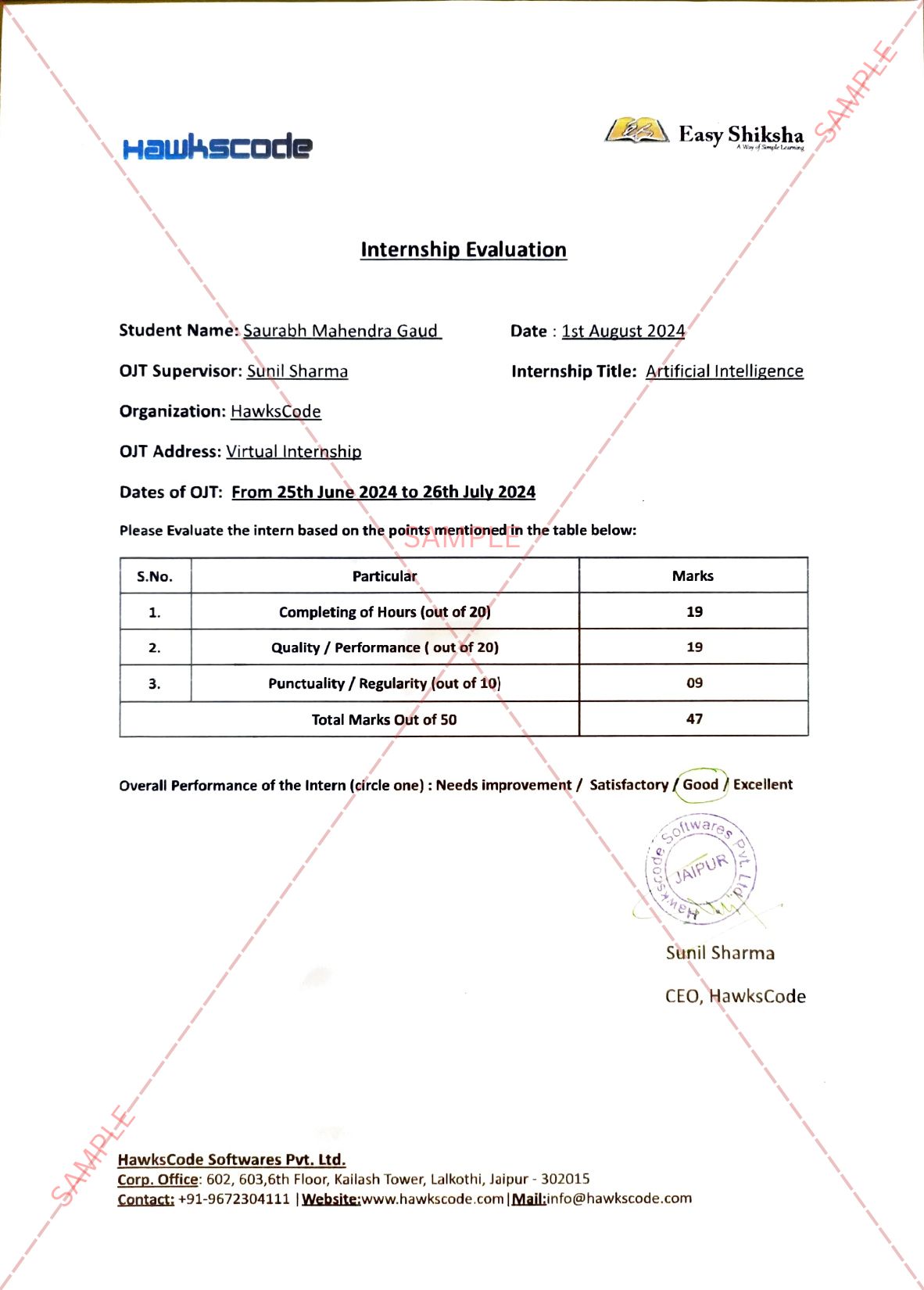International Finance deals with the management of finances in a global business. It explains how to trade in international markets and how to exchange foreign currency, and earn profit through such activities. This course provides a brief overview of the current trends in finance, along with detailed inputs on the current global markets, foreign exchange markets, international capital markets, hedging and risk management, and strategic decision-making.
It is recommended to have a foundation level knowledge of business and macroeconomics. However, general students who wish to get a brief overview International Finance may find it quite useful.
International finance (also referred to as international monetary economics or international macroeconomics) is the branch of financial economics broadly concerned with monetary and macroeconomic interrelations between two or more countries. International finance examines the dynamics of the global financial system, international monetary systems, balance of payments, exchange rates, foreign direct investment, and how these topics relate to international trade.
Sometimes referred to as multinational finance, international finance is additionally concerned with matters of international financial management. Investors and multinational corporations must assess and manage international risks such as political risk and foreign exchange risk, including transaction exposure, economic exposure, and translation exposure.
Some examples of key concepts within international finance are the Mundell–Fleming model, the optimum currency area theory, purchasing power parity, interest rate parity, and the international Fisher effect. Whereas the study of international trade makes use of mostly microeconomic concepts, international finance research investigates predominantly macroeconomic concepts.
The three major components setting international finance apart from its purely domestic counterpart are as follows:
Foreign exchange and political risks.
Market imperfections.
Expanded opportunity sets.
These major dimensions of international finance largely stem from the fact that sovereign nations have the right and power to issue currencies, formulate their own economic policies, impose taxes, and regulate movement of people, goods, and capital across their borders.




















































